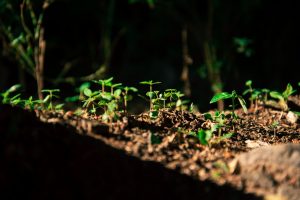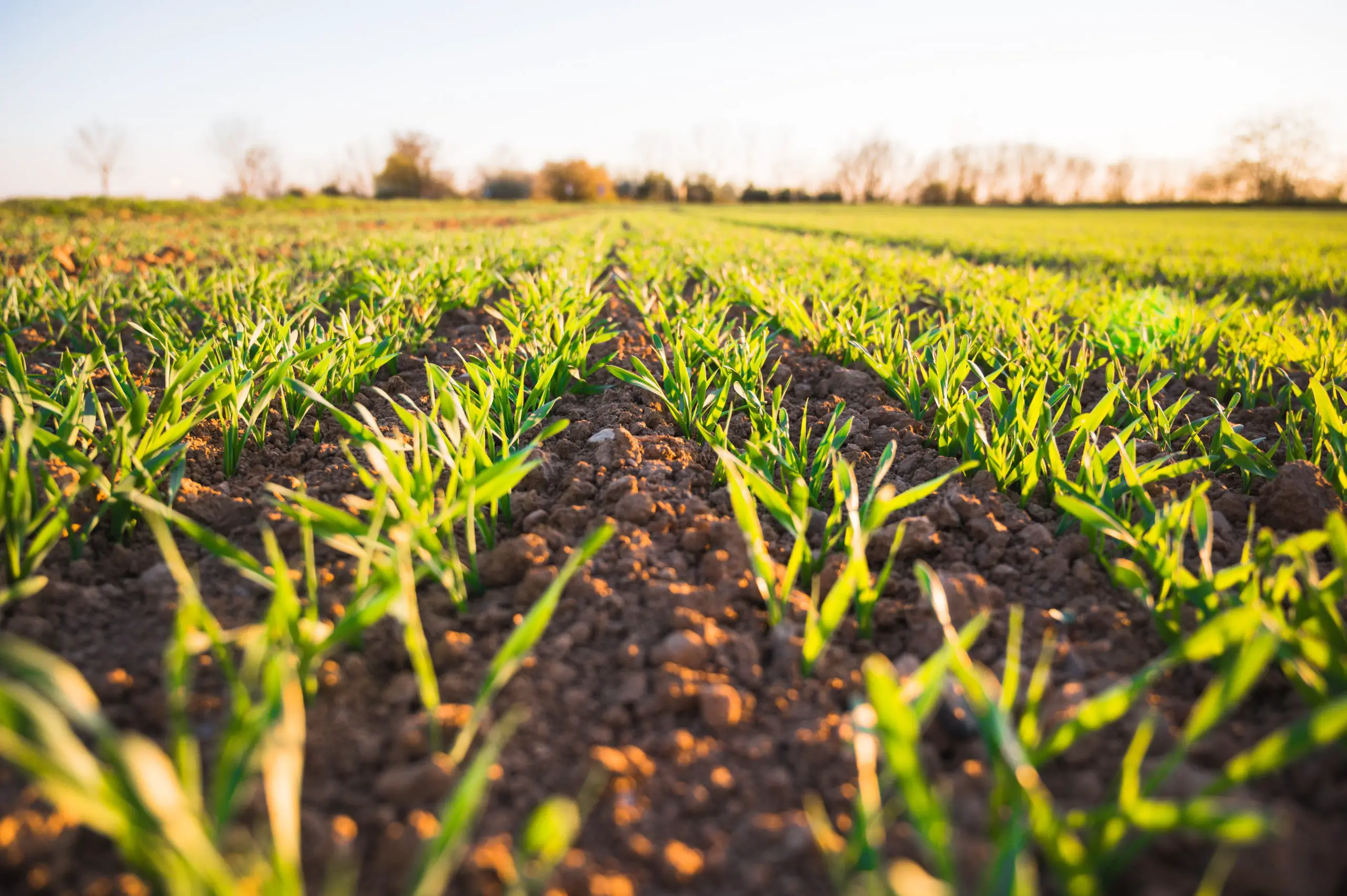Last Updated on February 15, 2022 by Real Men Sow
It is important to know your soil type. This will help you choose the best plants for your garden. There are six types of soil. You can test the soil by taking a look at it, and feeling it. Add water to the soil and roll it between your fingers then take a look at how the soil feels and what it looks like.
It is important to test the soil in different places depending on the size of the plot. The soil can vary greatly, plus, it is also a good chance to test out if you should apply any soil improver. It is best to plant main planting areas in good soil. This will save you from hard landscaping in poorer soil conditions.

Common Soil Types To Help Your Garden
Clay soil
Clay soil heats slowly in spring, and becomes hardened and cracks when it dries. Clay soil also drains poorly. It’s difficult to dig but it is very rich in nutrients. When wet, it feels sticky and lumpy. It forms a ball quickly and holds its shape.
Silty soil
Silty soil is composed of fine particles. It is free-draining and retains moisture. It is also richer in nutrients than sandy soil. It can easily become compacted. Silty soil feels smooth to the touch. It can be rolled into a ball quickly, but it won’t retain its shape as well clay soil.
Sandy soil
Sandy soil is easy to work with, it drains quickly and is quick to warm up in spring. It can dry out quickly and leach nutrients from the rains so you need to add organic matter to keep your plants hydrated and nourished. It is very rough to the touch but it will easily crumble if you roll it.
Loamy soil
Loam is the ideal soil type because it is easy to work with, not too loose draining, not prone to waterlogging and is rich in nutrients. It also heats quickly in spring. Loam is a mix of clay, silt and sand, each with different sized soil particles. Loam is easy to roll into a ball, but it won’t hold its shape as well as clay soil.
Peaty soil
Peaty soils are high in organic matter and acidity, but low in nutrients. Peaty soil can retain a lot of moisture and become waterlogged. However, it is ideal for acid-loving plants like azaleas and rhododendrons. Peaty soil has a dark colour and is spongy when squeezed. It is rarely found in gardens.
Chalky soil
Chalky soil is alkaline and stony, and it can be free-draining because it often covers a chalk or limestone rock. The soil can quickly become depleted of minerals like iron and manganese, but it is possible to solve this situation by adding fertiliser regularly. The soil can be either chalky or lime-rich and may be heavy or light.

